Beaumont children: Former Adelaide police Ian Aitkins and Mostyn Matters visit CastAlloy dig site
A retired police officer who investigated the case of missing Beaumont children has dismissed the new search, saying he did not believe their bodies would be found at the site.
SA News
Don't miss out on the headlines from SA News. Followed categories will be added to My News.
The two long-retired former police officers shook hands and chewed the fat as the excavators carefully dug up the ground behind them.
In their previous lives, Ian Atkins and Mostyn Matters were both involved in the police quest to solve South Australia’s greatest mystery - the fate of the Beaumont children.
On Monday, the pair were reunited as three excavators continued to search for the remains of Jane, Arnna and Grant Beaumont at the site of the former Castalloy site in North Plympton.
Mr Atkins, now 80, was a uniformed officer in January, 1966 when the children disappeared who was later assigned to work on the case. Mr Matters, now 93, was the first detective to speak with distraught parents Grant and Nancy after their children went missing.
The men were among dozens of interested onlookers and true crime enthusiasts from SA and interstate, who visited the Mooringe Ave site on Monday. All said they hoped this latest dig would help bring answers to a case that has baffled investigators for nearly 60 years.
A large slab of what was first believed to be concrete was discovered, which investigators believed had no reason to be there.
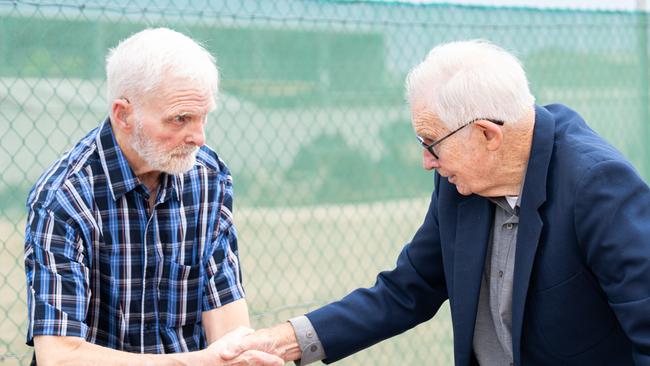
But, it was revealed the discovery was “sensationalised” and was in fact cement stabilised sand which “looks like it has been added after 1966”.
“It’s nothing to get excited about,” independent MP Frank Pangallo told The Advertiser.
Mr Atkins, who visited simply to “have a look”, said he held no expectations that the children’s remains would be found at the North Plympton site. He said he was “quite surprised” that businessman Harry Phipps, who had owned the Castalloy site, was ever linked to the case.
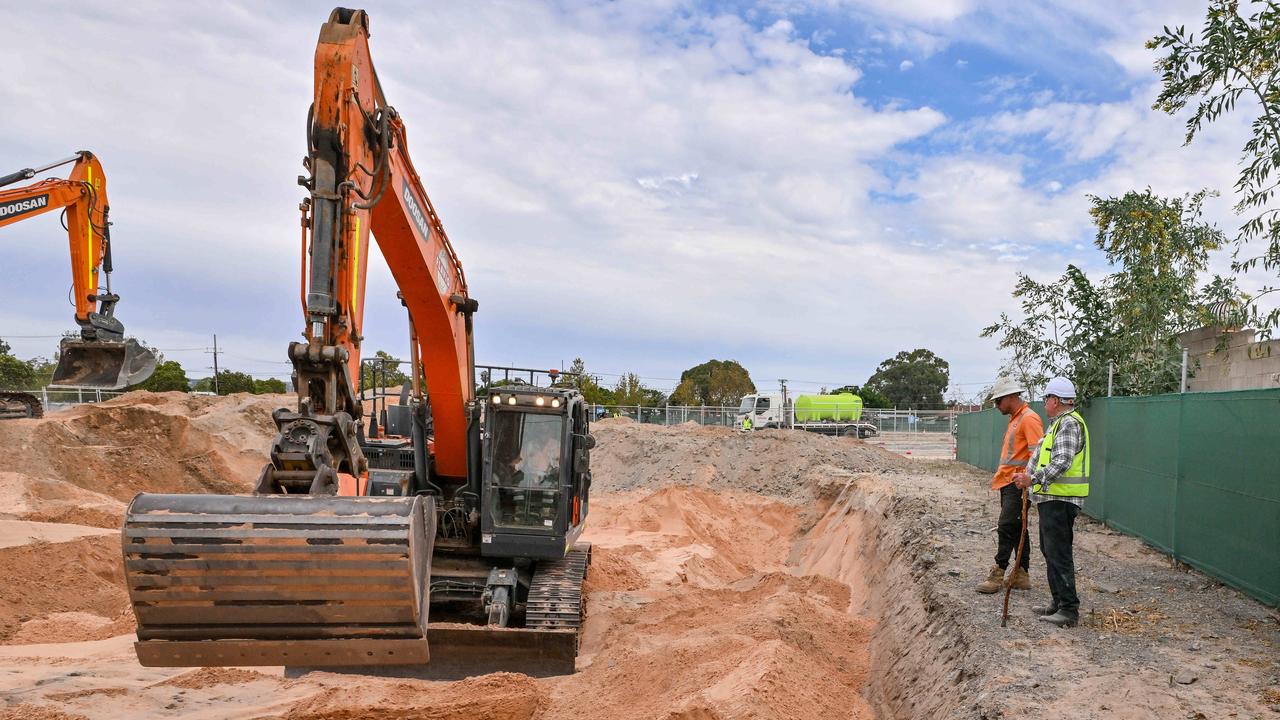
He had attended and investigated break ins at the Castalloy several times over his long career, and dealt with Mr Phipps on multiple occasions.
“The Harry Phipps I spoke to was a reasonable sort of person,” Mr Atkins said.
Police became aware of allegations surrounding Mr Phipps in 2007 and, have found no evidence to link him to the abductions, despite Mr Phipps’ son Haydn accusing his father of sexual abuse and playing a part in the children’s disappearance. Harry Phipps died in 2004. Haydn Phipps died in 2016. Haydn’s younger brother Wayne has refuted the claims about their father.
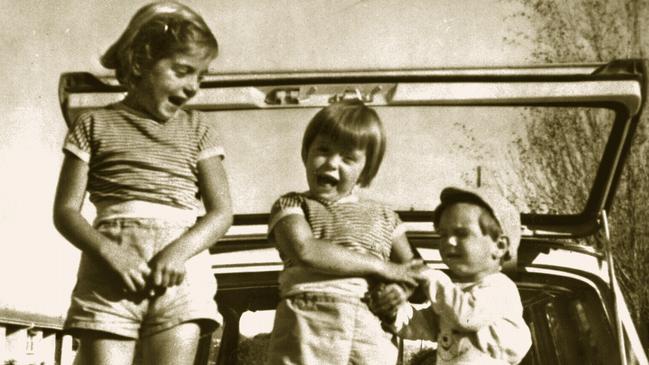
True crime author Stuart Mullins, who visited the dig site on Monday with Mr Matters, said the recurring role of pound notes in the Beaumont mystery was part of the reason he suspected the wealthy Harry Phipps was involved.
A witness reported Jane Beaumont using a one pound note to purchase pasties, a pie and some drinks from a Wenzels cake shop on Moseley St, Glenelg on the day of their disappearance. This was more money than the children had left home with.
In 2013, two men told police that they had been asked to dig a large hole at the Castalloy factory in North Plympton at the behest of Phipps, only days after the children disappeared. The men said they were paid in one pound notes.
Mr Mullins said one-pound notes were “very uncommon” at the time.
Mr Atkins said that police in the 1960s “didn’t have any real suspects”, but he had suspicions about a man he remembers being arrested for sexual assault of a minor shortly before the disappearances. The man was detained and questioned by WA police after trying to cross the Nullarbor into WA just days after the Beaumont children went missing.
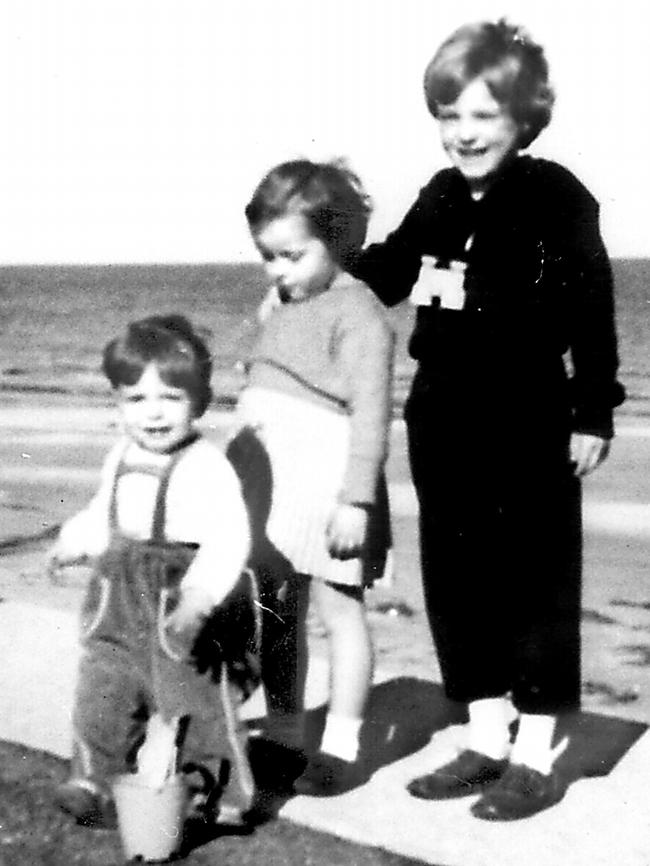
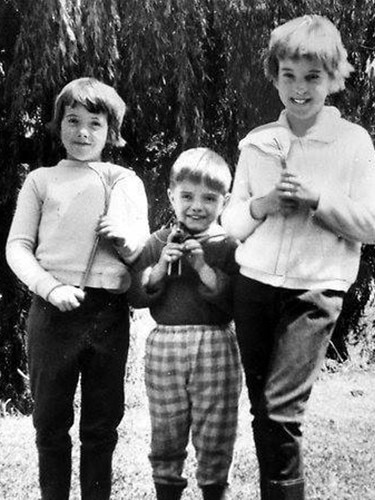
Another visitor to the Castallow site this week said he saw the two young men digging a large hole in the days following the children’s disappearance.
“We didn’t want to become involved in any of it, so we just let it slide, which we probably shouldn’t of,” the man told 9News.
“I actually saw the two young fellas digging the hole and the older gentleman, or whatever you call him, sitting in his car with the door open watching them dig.
“They said they were digging a hole to bury a dog, a big dog. I thought to myself ‘it must be a big dog”.
This week’s excavation has been organised by independent MP Frank Pangello and comes after previous digs in 2018 and 2013.
Mr Pangallo said he had new information that indicated a 2018 excavation of the factory site by SAPOL was conducted in a section of the block not owned by Phipps when the siblings went missing.
“There’s a suggestion the police may have dug in the wrong place. This new site identified by the project team will be in the area that the boys dug in 1966,” he said.“It’s only a matter of metres but that could be quite significant.”
Top forensic archaeologists, Prof Maciej Henneberg of Adelaide University, and Prof Ian Moffat of Flinders University, who are experts in finding graves, are part of the project team spearheading the dig. Local company Flavio and Sons Civil have donated their services and will help conduct the search.
More Coverage
Originally published as Beaumont children: Former Adelaide police Ian Aitkins and Mostyn Matters visit CastAlloy dig site






